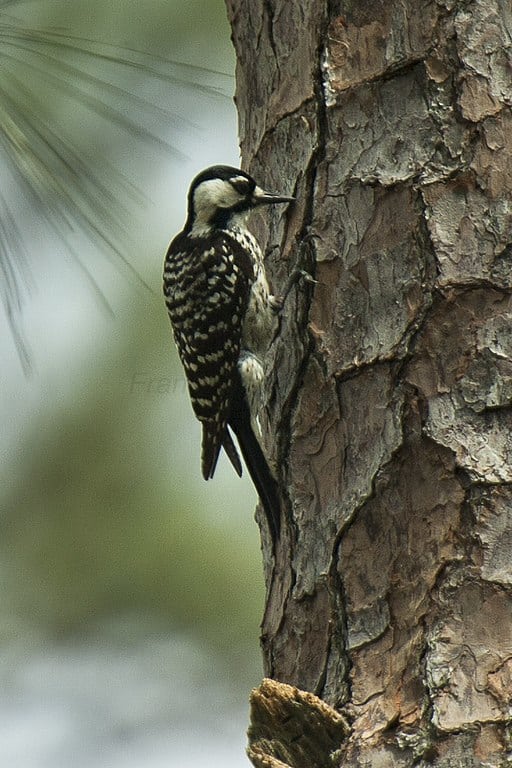Summer Birds of Indiana (June, July, August)
The pace of life appears to slow in summer. Trees and bushes have leaves of green and seem to be unchanging. Growing crops of corn and soybeans look the same day after day though there is noticeable chance from one week to the next. The migrating birds that pass through the state are gone.
Nesting birds no longer show the frenetic activity of pairing. By June the dawn bird chorus is greatly reduced in volume, variety, and duration. Song sparrows still sing before the sun appears. Robins and brown thrashers and cardinals greet the sun. Meadowlarks whistle from pasture fence posts. But the songs are brief. Many of the birds have nestlings to feed. Many mourning doves and robins are incubating or even beginning to feed second broods.
There are more and more young birds about in June. Spot-breasted robins prospect lawns for worms, having to find their own food as their parents incubate the eggs of second broods. There are bob-tailed redwings in hayfields and the cattails of marshes. Young mallards and wood ducks follow hens across the water of lakes and marshes. There are immature Canada geese that look nearly as big as their parents. Young killdeer are nearly grown.
Bird watchers in Indiana who keep their feeders stocked in summer have bird families coming for handouts. Cardinals and song sparrows and chipping sparrows that come to feeders are followed by one or two fledglings, which the adult birds stuff at these bird cafeterias. Occasionally a song sparrow or a chipping sparrow will be feeding a young cowbird that is much bigger than it is. Barn swallows in their nests are nearly crowding each other out.
By the end of June many birds only sing or call sporadically, though our red-eyed and warbling vireos continue to sing throughout the day. A walk through the woods can be a quiet, nearly silent, time, unless the wind is blowing, shaking leaves and rattling branches. Birds will be hard to spot as they move quietly through the screening leaves.
In July the weather is likely to be the same day after day, except when it rains, pleasant in the early morning and evening, hot the rest of the day. Puffy white cumulus clouds appear in the morning and often build into giant thunderheads by afternoon. Sometimes there are thunderstorms, with lightning and thunder, and occasionally brief torrential showers.
Red-tailed hawks and turkey vultures circle in the rising air currents beneath the clouds. Swallows swirl about, high and low, at times barely skimming the grass in pastures and hayfields. They actually scoop water from the surface of lakes and ponds on still days, leaving V’s of ripples and drinking on the fly.
In July adult starlings begin to lose their iridescent breeding plumage. By the end of the month they are brown and speckled and their bills have changed from yellow to blackish-brown. Their colors match the colors of their fledglings. Flocks of starlings fly about the countryside, landing like swarms of locusts in pastures and other grassy fields and feeding on the insects there. At night flocks come together to roost, often in the cattails of a marsh or in a large shade tree.
Late in July and in August, when most other birds have finished nesting for the year, goldfinches are just beginning. From the heads of thistles going to seed they get down to line the nests they build in saplings in fence rows and scrubby fields. As the goldfinches begin to incubate eggs, swallows are flocking, often perching on power lines like rows of clothespins.
Shorebirds that nested farther north, yellowlegs and dowitchers and little sandpipers, reappear on the shore of Lake Michigan, then the shores of lakes in Indiana. These birds have molted into post-breeding plumage and are migrating, already on their way south, although it might seem early, to us, for the onset of fall migration.
In August there are flocks of red-winged blackbirds as well as starlings. The blackbird flocks grow as flock joins flock until, as they fly, they appear from the distance like wisps of smoke drifting across the sky. There may be tens of thousands, hundreds of thousands in a single flock. At night the flocks fly to communal roosts, usually dense stands of cattails. As they collect in trees around the roost at dusk their calling creates a din that drowns out all other sound.
Interestingly, as redwings flock they separate by sex. There are flocks of males and there are flocks of females but there are no flocks of males and females. At night there are roosts of males and roosts of females. In the roosts, though male and female redwings don‚t intermingle, either may also have starlings, common grackles, brown-headed cowbirds, robins, and tree, barn, bank, and rough-winged swallows.




